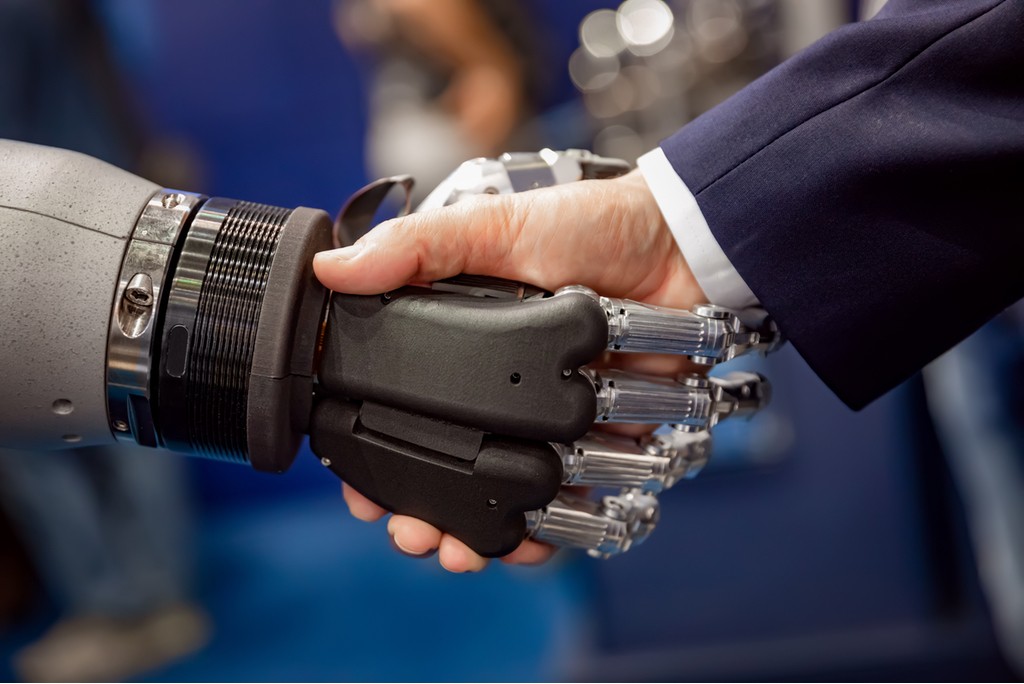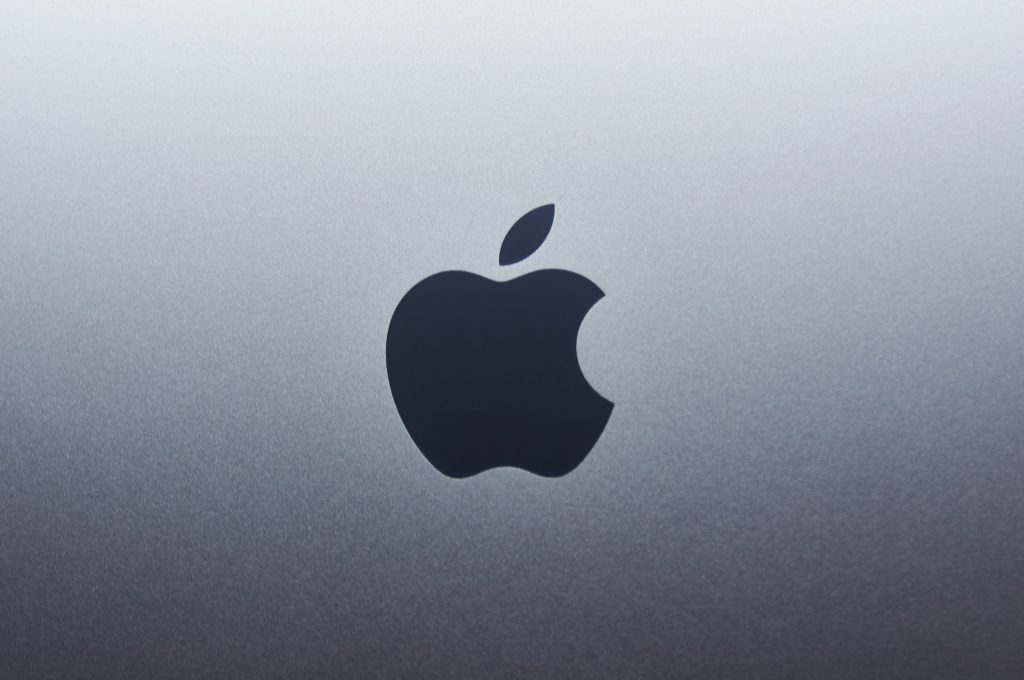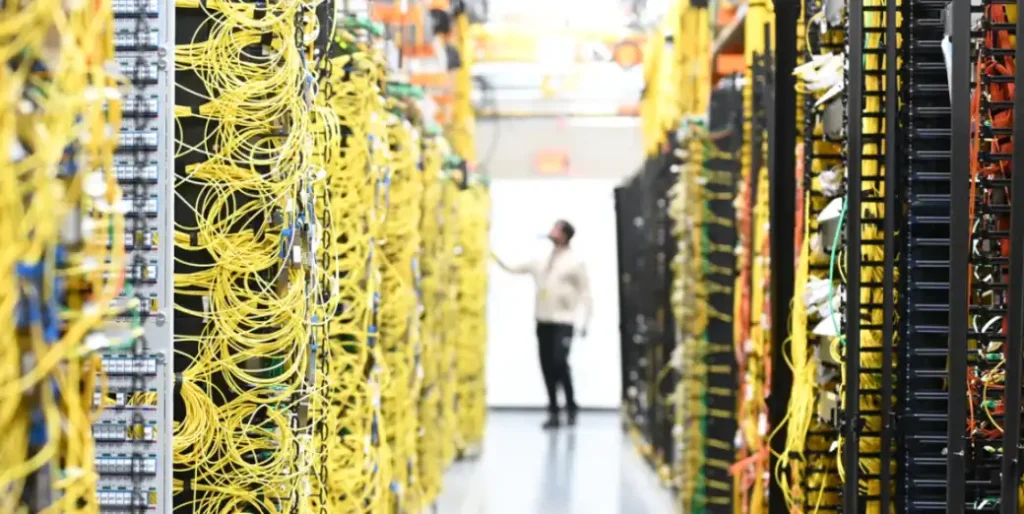Artificial Intelligence (AI) has transitioned from a niche technology used primarily in research and enterprise settings to a mainstream feature embedded across the entire spectrum of consumer electronics. From smartphones and wearable gadgets to home appliances and entertainment systems, AI is rapidly transforming the way people interact with technology on a daily basis.
What was once futuristic is now commonplace. With major tech companies investing heavily in AI development, consumers are experiencing firsthand how these intelligent systems can simplify tasks, personalize experiences, and deliver greater convenience. In short, AI is quietly but powerfully reshaping modern life.
The Rise of AI in Smartphones
Today’s smartphones are more than communication tools—they’re intelligent assistants that anticipate user needs, automate tasks, and deliver personalized functionality.
Apple, Samsung, and Google have embedded AI deeply within their mobile ecosystems. Apple’s Siri, for instance, is steadily evolving into a more contextual, responsive voice assistant. AI also powers iPhone features like Smart HDR and Deep Fusion, which optimize images in real time by analyzing lighting, facial details, and backgrounds.
Google’s Pixel devices have leaned heavily into AI, offering capabilities like Magic Eraser, Live Translate, and on-device voice dictation that works seamlessly offline. Meanwhile, Samsung’s Galaxy AI includes advanced tools such as real-time language translation during phone calls, AI-enhanced photo editing, and smart summarization of long texts or meetings.
A growing trend is the shift toward on-device AI processing. This approach enhances privacy and responsiveness by running computations locally instead of in the cloud—a method embraced by both Apple’s Neural Engine and Google’s Tensor chipset.
Wearables with a Brain: Health Tracking Powered by AI
AI has also redefined what wearable technology can do. Smartwatches and fitness bands now deliver far more than step counts or basic heart rate monitoring—they provide real-time health assessments, early detection warnings, and personalized wellness coaching.
For instance, the Apple Watch uses machine learning to detect irregular heart rhythms and notify users of potential conditions like atrial fibrillation. Fitbit’s devices analyze sleep patterns using AI, while Garmin wearables offer advanced stress tracking and recovery insights based on heart rate variability and oxygen saturation levels.
Looking forward, AI integration in wearables will likely expand into areas like blood glucose prediction, mental health support, and custom fitness routines—delivered in real time and tailored to each individual’s biological profile.
The Smart Home Gets Smarter with AI
The smart home revolution is being powered by AI systems that learn from user behavior and adjust to daily routines without constant manual input.
Smart thermostats such as Google Nest can learn household patterns and adjust temperatures automatically for optimal energy efficiency. AI-driven lighting systems respond to presence and ambient light conditions. Even robotic vacuum cleaners now use AI to map rooms, avoid obstacles, and optimize cleaning paths.
Voice assistants like Alexa, Google Assistant, and Siri act as central hubs, allowing users to control smart devices with simple commands. These assistants are becoming more conversational, more predictive, and capable of managing complex routines—like locking the doors, dimming the lights, and adjusting the thermostat all at once when you say “Goodnight.”
AI also enhances home security. Smart cameras and video doorbells can now distinguish between known individuals, animals, and unfamiliar visitors, reducing false alarms while providing more accurate alerts.
AI-Powered Entertainment: A Personalized Experience
The entertainment industry has seen a huge leap in user experience thanks to AI. Streaming platforms like Netflix, Amazon Prime Video, and YouTube use recommendation algorithms that track user behavior, viewing time, and preferences to suggest content with remarkable accuracy.
AI has also improved accessibility. Real-time captions, audio enhancements, and language translation features are allowing a more diverse global audience to engage with content that would otherwise be inaccessible.
Smart TVs now use AI to optimize sound and picture quality based on the type of content being viewed. Some models can analyze ambient lighting conditions in the room and adjust brightness or contrast accordingly. AI is also at the core of content upscaling technologies that convert standard-definition video into near-4K quality.
AI in Appliances and Automobiles: The Intelligent Ecosystem Expands
AI’s reach extends well beyond screens and wearables—it’s reshaping appliances and automobiles as well.
In the kitchen, AI-enabled refrigerators can track food inventory, send expiration notifications, and recommend recipes based on available ingredients. Smart ovens can recognize the type of food placed inside and adjust cooking times and temperatures automatically. Washing machines equipped with AI can optimize detergent use, water levels, and cycle length based on fabric types and load weight.
Meanwhile, in the automotive world, AI is driving the future of mobility. Tesla leads the pack with its Full Self-Driving (FSD) software, which uses neural networks to process millions of driving scenarios. Traditional car manufacturers are also embedding AI in navigation, adaptive cruise control, and advanced driver-assistance systems (ADAS). These systems use real-time data from sensors, cameras, and radars to make split-second decisions, improving both safety and comfort.
Privacy, Ethics, and Regulation: Navigating the Challenges
With AI embedded in so many aspects of daily life, privacy concerns have intensified. These technologies often rely on massive datasets—many of which contain sensitive personal information. Questions about data ownership, algorithmic bias, and consent are becoming increasingly urgent.
To address these challenges, companies are leaning toward more secure, private AI models that run locally on devices. Federated learning and edge AI allow models to train and improve without sharing user data with central servers.
Regulatory bodies are also stepping in. The European Union’s AI Act aims to impose strict requirements on high-risk AI applications, while the U.S. is developing a patchwork of state-level legislation targeting transparency and accountability in algorithmic systems.
Looking Ahead: AI as the New Operating Standard
AI is rapidly becoming a standard component in consumer devices rather than a luxury feature. As hardware improves and algorithms become more sophisticated, users can expect even greater integration of AI into everyday tasks.
Future devices will be context-aware, proactive, and increasingly capable of understanding user preferences, emotions, and goals. The concept of a “personalized digital companion” is no longer theoretical—it’s on the horizon.
Voice interactions will become more natural. Smart homes will adapt seamlessly to individual family members. Health devices will go beyond monitoring and begin offering predictive, preventative interventions. Entertainment platforms will deliver content that aligns not only with what you like but also with how you’re feeling.
Conclusion
The rise of AI in consumer devices marks a fundamental shift in the way we live and interact with technology. It’s no longer about what devices can do—it’s about how they understand, anticipate, and adapt to us.
From smartphones to cars, from kitchen appliances to entertainment systems, AI is not just making devices smarter—it’s making life more intuitive, personalized, and efficient. And as this technology continues to evolve, it promises a future where intelligence is embedded into everything we touch.












